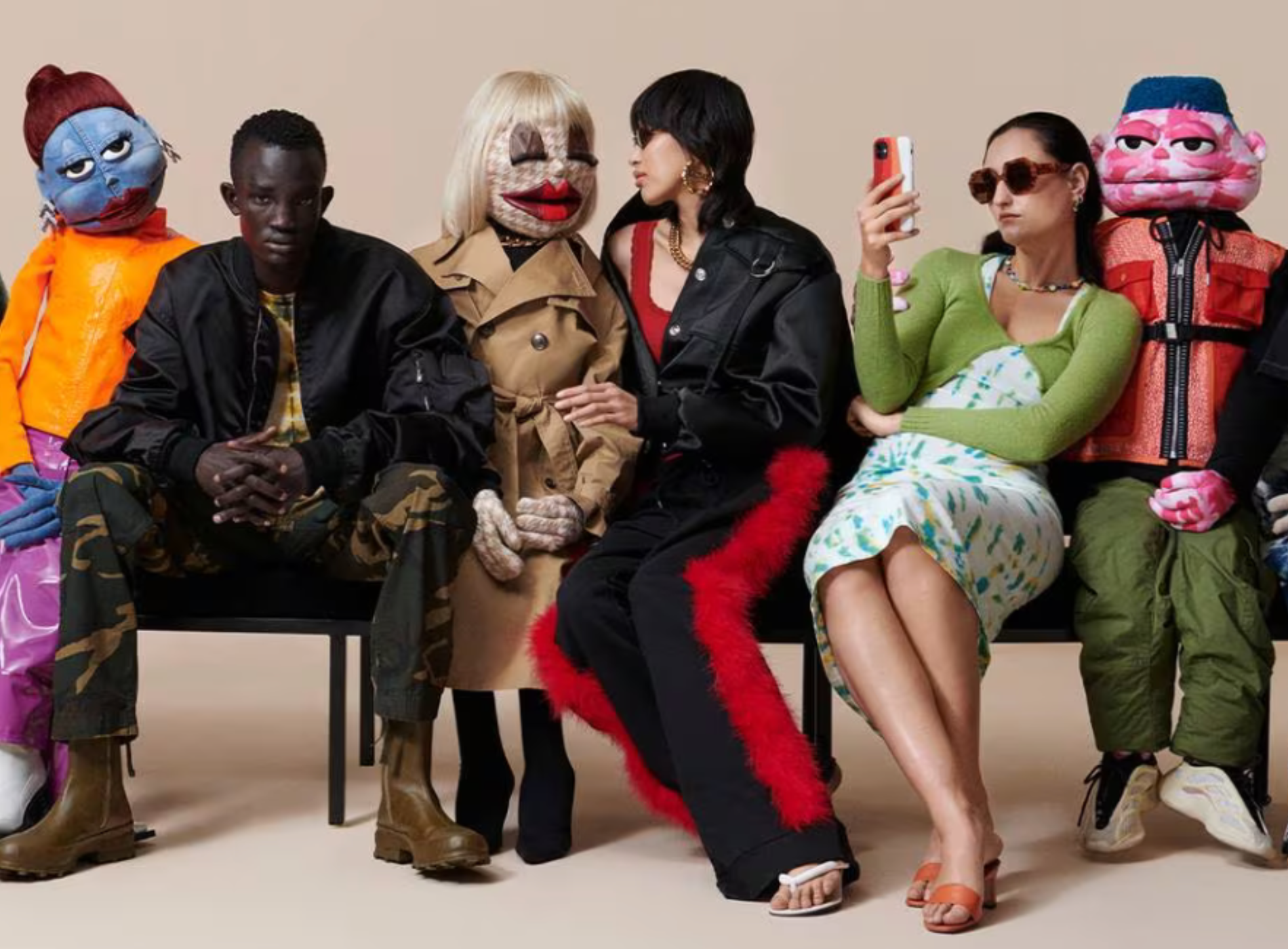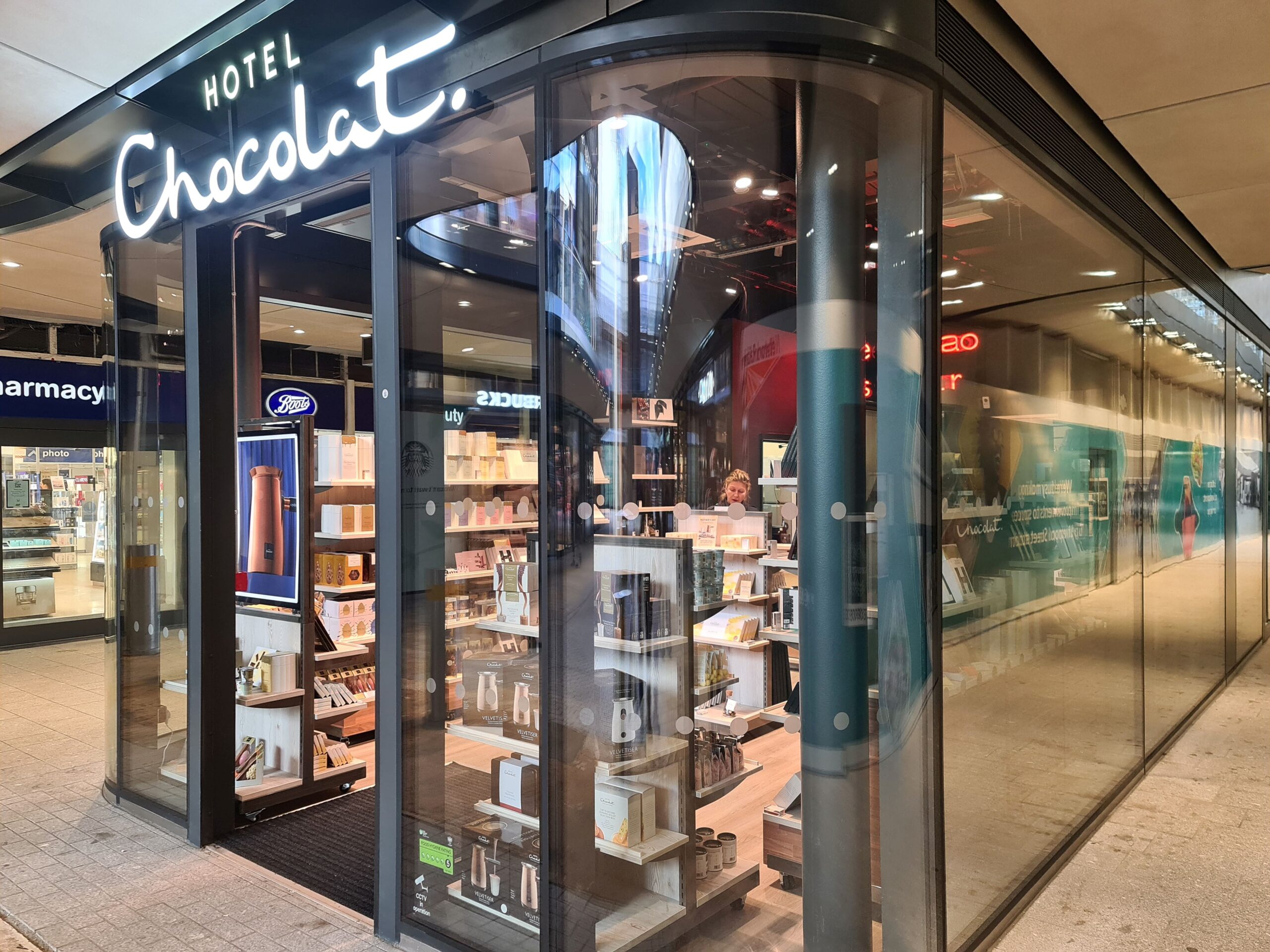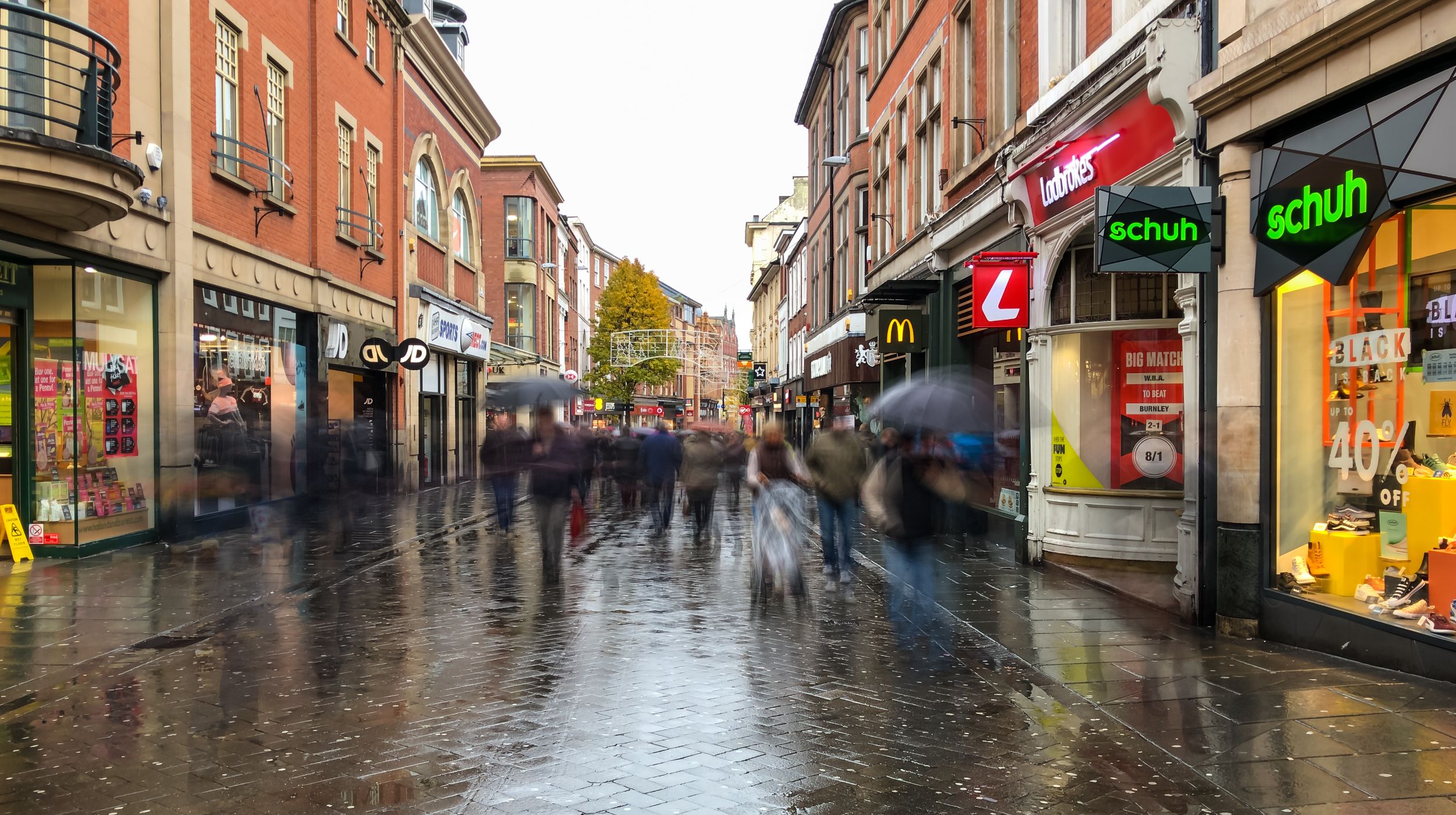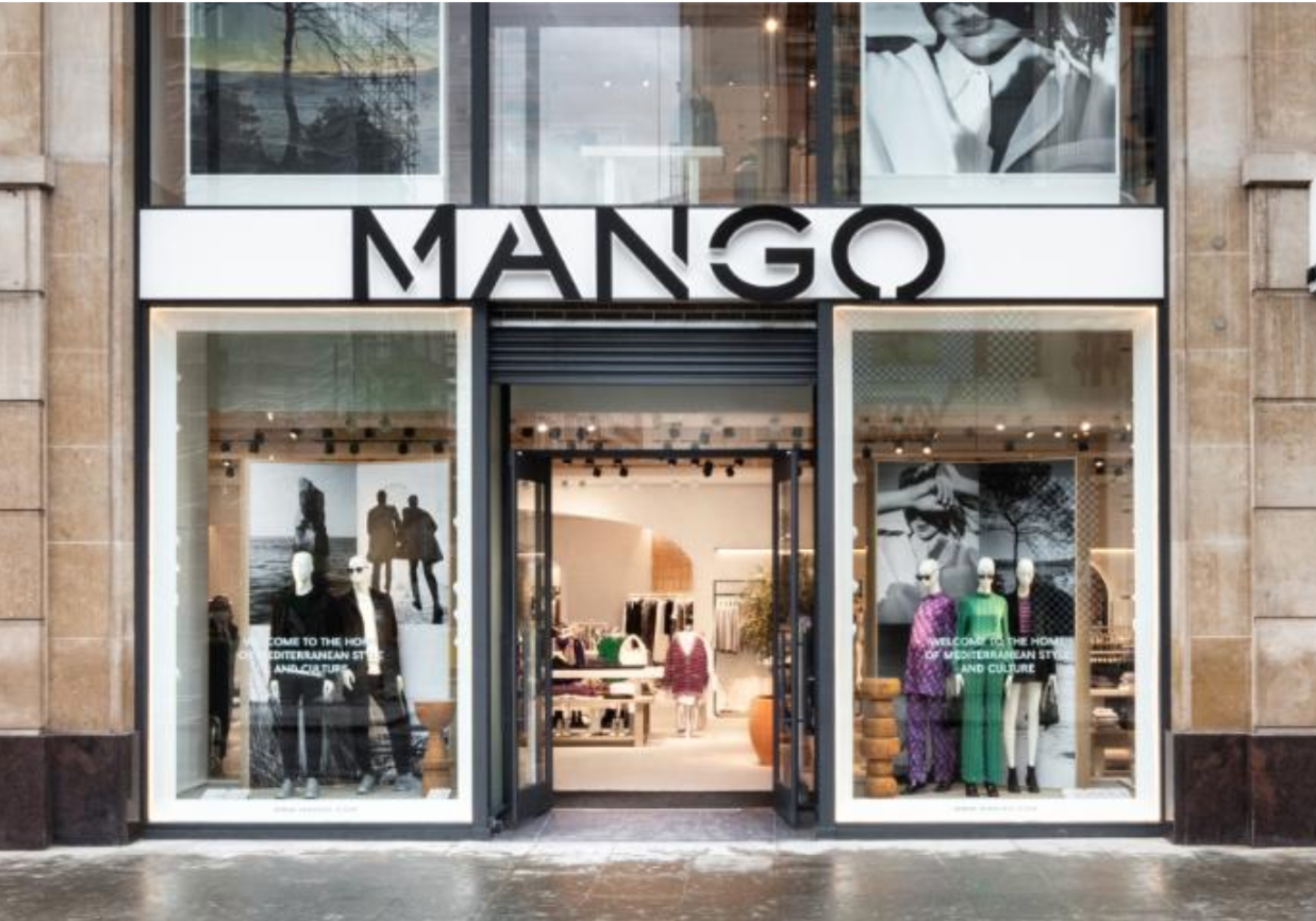A major new report published this week outlines some of the digital innovations being considered to future-proof the nation’s biggest shopping centres – and it all centres on mobile.
Smartphones, smartwatches and beacons allow consumers to be tracked constantly and pay for goods without cash. This is allowing firms to harvest huge amounts of data about their shopping habits.
Published by trade body BCSC (British Council for Shopping Centres) and City law firm Addleshaw Goddard, the Retail’s Digital Future report is being launched at the group’s first annual Retail Tech conference in London on Thursday.
According to the report, major landlords, such Hammerson, owners of Brent Cross, intu, owners of Bluewater and the Trafford Centre and Westfield, all say that shopping centres are becoming more “experiential”, rather than just being able buying things. The lines between the Web and physical shopping have been blurred, with technology making it one continuous exercise.
The emergence of wearable connected jewellery, mood-reading dresses, augmented reality mirrors and 3D printing also promises to rekindle shoppers’ love of physical stores – and give retailers reams of data to better target people.
Interactive mapping apps could soon provide tailored personal shopping guides, with recommendations designed to increase spending. Beacons, which send and receive signals from Bluetooth devices, are also growing in popularity as a means of sending vouchers and tracking people.
Shopping centres are set to become test beds for tech innovation, the report says, but landlords will also need to comply with increasingly tough laws on data protection and privacy. Some scenarios involving emerging technology have yet to be fully tested in court.
The report showcases a range of pioneering start-ups making them happen. These include Robox, whose 3D printer raised over £280,000 via Kickstarter; Kovert, designers of stylish ‘connected jewellery’; and Gamar, whose augmented reality games for the V&A and British Museum inspire younger visitors to get involved.
Tamoco, a company that creates campaigns using beacons, are even using digitally connected beer mats to encourage party-goers to take a taxi home. In a tie-up with Uber, punters can tap their phones on a beer mat and get a voucher for cab. Such subtle use of near-field technology is expected to play a large part in sending vouchers to people in real time.
The fundamentals of retail property will always be driven by rents generated via space, believes Jane Hollinshead, partner at law firm Addleshaw Goddard, who commissioned the report. But the lines between the landlord and retailer’s domains are being increasingly blurred. Increased collaboration between landlords, retailers and innovators will lead to a greater focus on experience which, many hope, will take physical shopping into a new era of certainty.
She said: “The recession and move to online shopping clearly meant both retailers and landlords were forced to change their approach. But companies need their customers to interact in a hands-on fashion with their brands. New technology takes this to a whole new level and what we’re seeing is a genuine blurring of online and offline shopping.”






